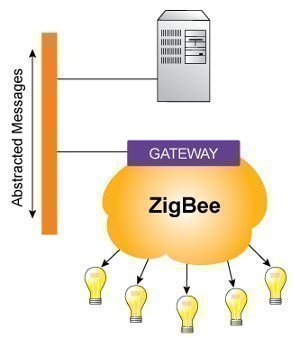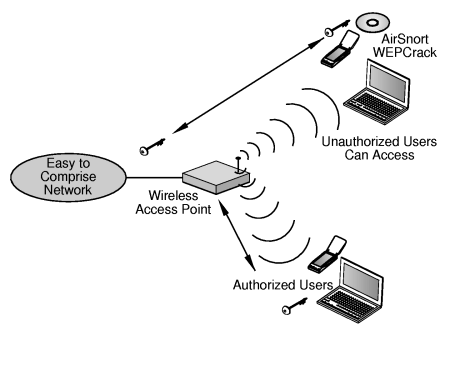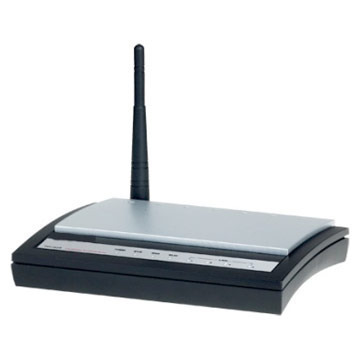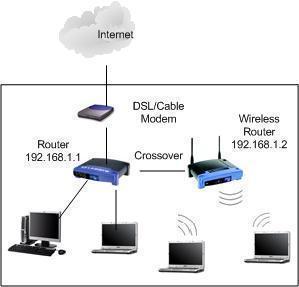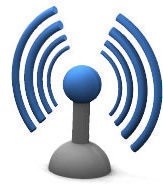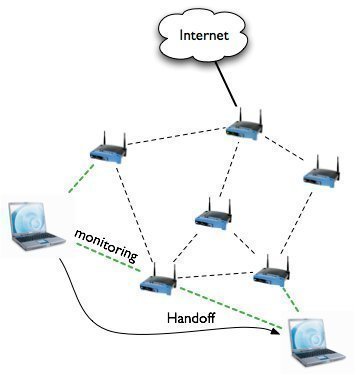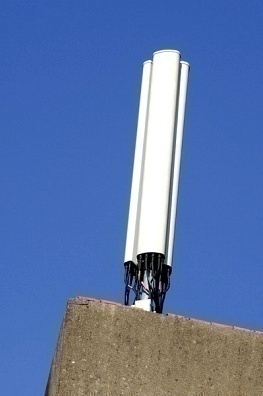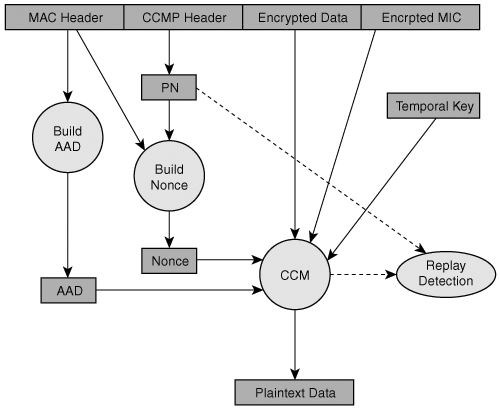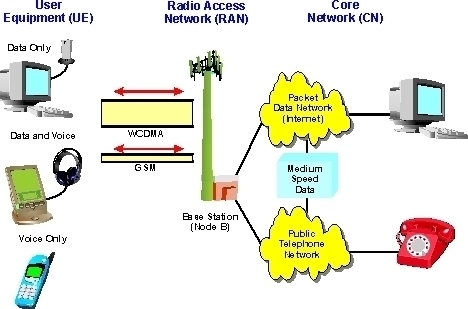How to Send Text Messages Free
Cell phone text messages typically use the SMS (Short Message Service) protocol. Most cellular service providers charge fees to send and receive text messages. There are numerous ways to send text messages for free, but they vary among cell service providers. Send Free Text Messages by Purchasing the Right Service Plan Some cell service plans …


